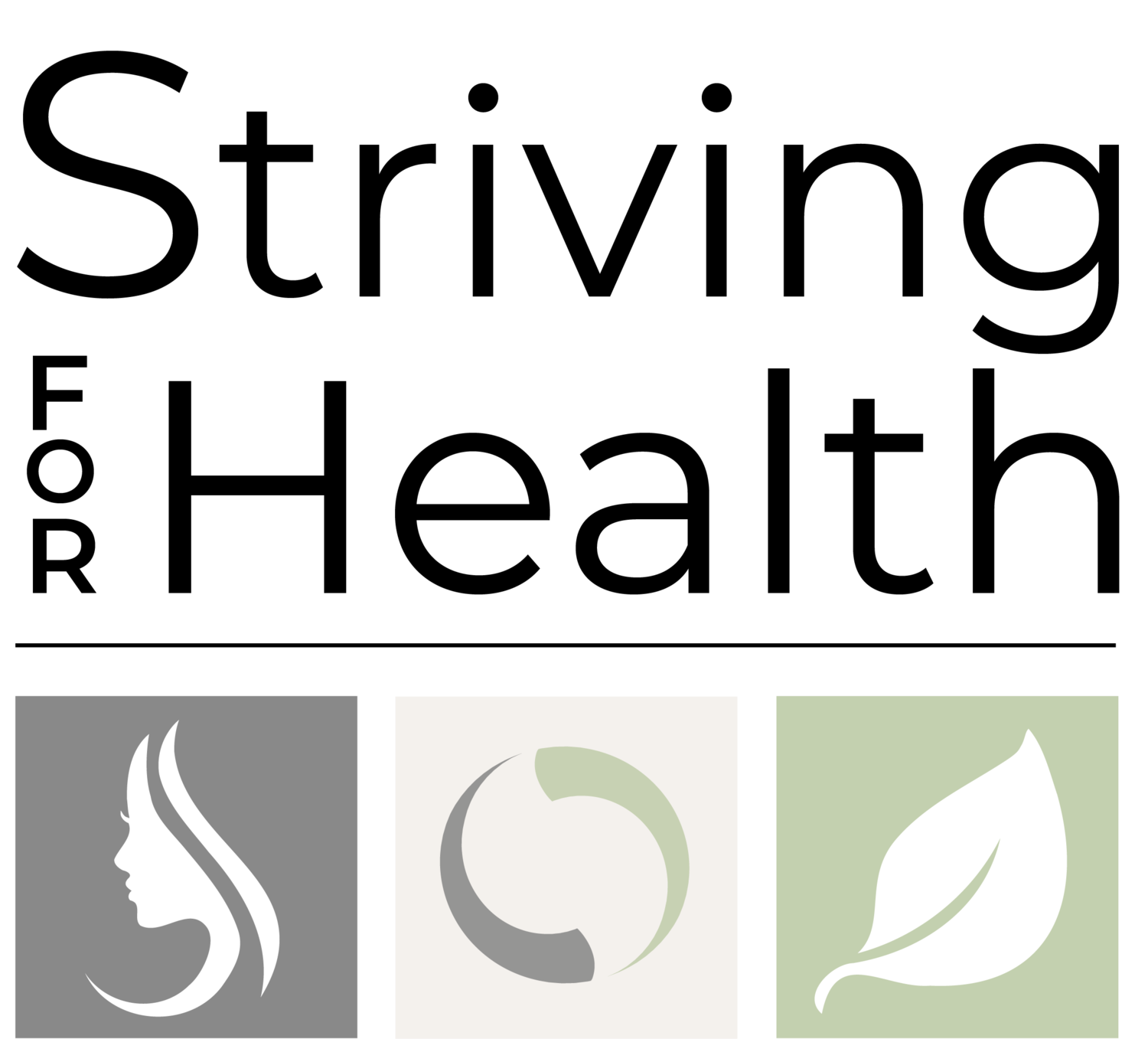
Cannabinoids and the Endocannabinoid System
Cannabinoids are complex and diverse types of compounds that are naturally created in the human body to keep our systems in balance and work through the Endocannabinoid System (ECS). The cannabinoid receptors (CB1 & CB2) are rooted within our nervous system, our immune systems and many organs. An overly simple explanation is to say that the ECS acts as a communication and coordination between the cells in our bodies. Although much more research needs to be done, thousands of years of practical experience combined with more recent ongoing scientific research all indicate the important health values of the Endocannabinoid System.
Let's look at the word "Endocannabinoid". "Cannabinoid" comes from "cannabis," and "endo" is short for "endogenous," which means that it is produced naturally inside of your body. So "endocannabinoid" simply means cannabis-like substances that naturally occur inside us.
The Endocannabinoid System (ECS) itself is made up of three parts:
1) Endocannabinoids
2) Receptors in the nervous system and around our body where endocannabinoids and phytocannabinoids can bond
3) Enzymes that help break down endocannabinoids and phytocannabinoids
Not only is the ECS a natural part of our bodies, it's a crucial one. The ECS maintains homeostasis in the body.
To understand the ECS, it first helps to understand what homeostasis means. Basically, homeostasis is the body's ability to keep everything in the right zone. It tries to keep your internal environment stable and optimal no matter what's going on in the environment around you. Think of all the gauges in the dashboard of a car or airplane. Those all tell the operator whether things are—or aren't—operating in the proper zone.
Just like the electronics in a car or plane, your body works continuously to monitor important levels and functions in the body. Is the temperature too high, too low, or just right? Are the hormone levels what they should be? Is the heart beating too fast? Is fuel or rest needed by the body? Is too much of something building up in the bloodstream or inside the cells?
When something is operating outside of the right range, your body activates the ECS to help correct it. So when you're really hot and begin to sweat, thank your ECS for working to cool you down. Stomach growling? That's your ECS helping remind you to eat because you need fuel.
The ECS does this via cannabinoid receptors found in select tissues. We have (at least) two types of cannabinoid receptors:
1) CB1 which is in the central nervous system (brain and nerves of the spinal cord)
2) CB2 which is in the peripheral nervous system (nerves in your extremities), the digestive system, and specialized cells in the immune system
Cannabinoid receptors are believed to be among the most plentiful in our central nervous system.
Through those receptors, the ECS helps regulate a lot of important functions, such as:
· Appetite
· Digestion
· Immune function
· Inflammation, including neuroinflammation
· Mood
· Sleep
· Reproduction/fertility
· Motor control
· Temperature regulation
· Memory
· Pain
· Pleasure/reward
Your body activates the ECS with precision so that it impacts only what it needs to. Once the endocannabinoids have done their job and brought things into balance, certain enzymes come along to break them down and prevent them from going too far and upsetting the balance in the opposite direction.
It's a precise response. Homeostasis is essential to our health and survival, so when the ECS isn't working properly, it can cause a lot of problems for you.
Read more:
Other Striving for Health services you may be interested in.
A strong immune system is paramount to a healthy life. Our immune system protects us from harmful substances and germs (viruses and bad bacteria) that can make us sick. Without an immune system, we would constantly be sick.
We all want to look our best as we age. Why not try a natural approach to aging that makes your skin glow but also works to boost the health of your body.





